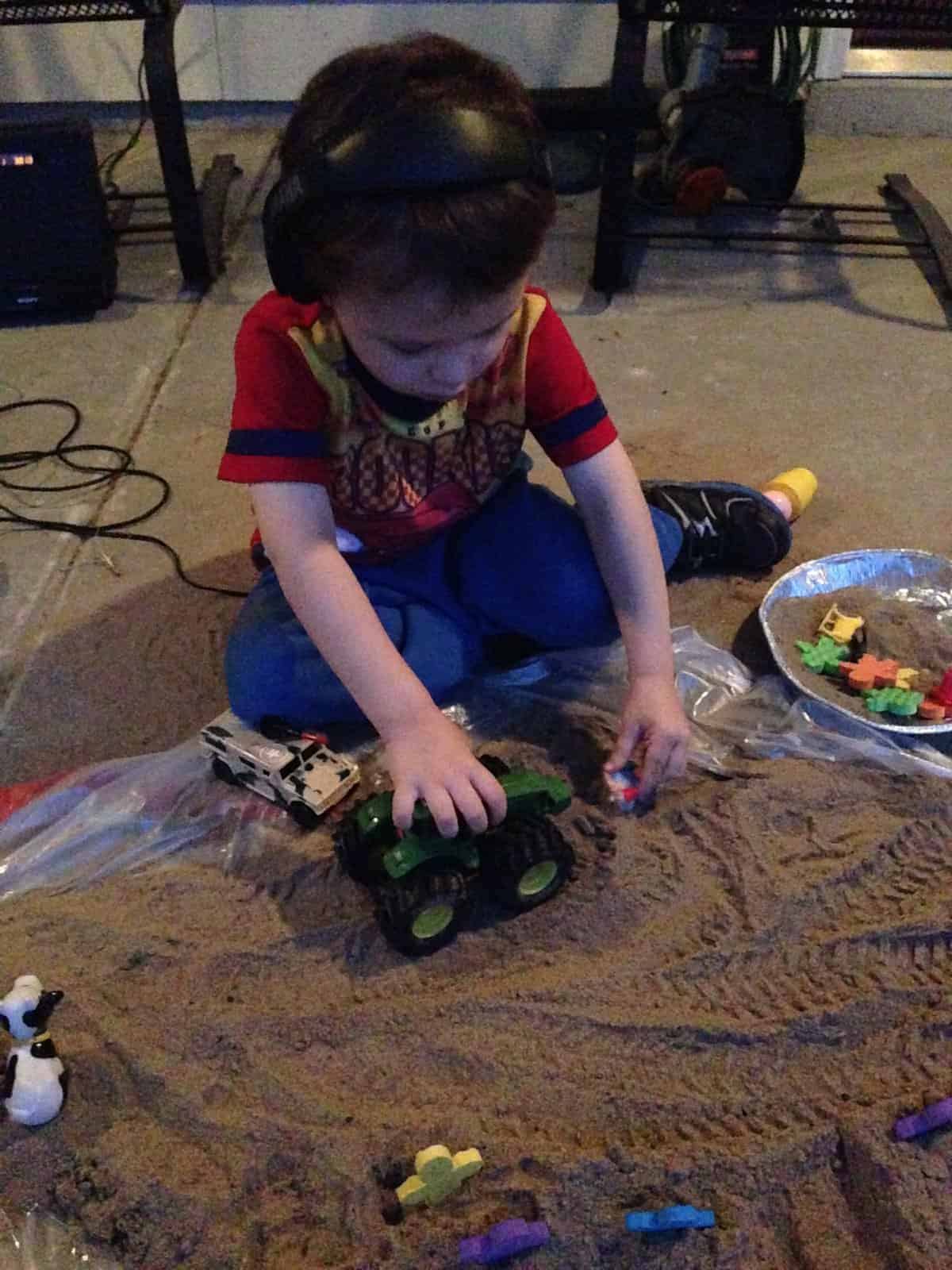Impact of Ear Infections On Brain Development
Ear infections increase risk of emotional distress and learning difficulties
because of difficulties understanding what was just heard and more …

Need Help?
Cheri Moore works with all ages using a holistic approach to improve emotional health and learning.
It is an honor to work with Cheri Moore on her journey with auditory integration therapy. She has shown a consistent desire to go above and beyond in every aspect of her practice and training. Cheri’s quest for greater understanding and her thirst for knowledge are demonstrated daily. It is a pleasure to work with a professional who is so eager to learn and apply new information to help her clients reach their best possible outcomes.
Kathy J Harvey-Jones, MsEd, Audiology, BC-HIS
Auditory Integration Training, an exercise program like physical therapy for the ears.
Ear infections can occur in one ear, both ears, or more severely infect one ear when compared to the other ear. Is there fluid in the middle ear without an ear infection?
Strengthen both ear teaching the brain to use sounds from both ears.

Respond and Maintain Progress After Completing Therapy Improving Emotional Health
Getting to know your world of sights and sounds means working with you, people who know you best, and a team of professionals: audiologist, optometrist specializing in visual development, and ear, nose, and throat doctor.
You can strengthen your hearing system after poor ear, nose, and throat health.
Research Findings: Ear Infections Diminished Hearing Disrupting Development
Researchers confirm that ear infections decrease hearing. When chronic, ear infections also impact brain development. Brain development is critical for obtaining developmental milestones in all ages. Researchers found that the brain develops until age 26.
Researchers Zargi, M. and Boltezar, H.(1999) consistently found the following difficulties in 33 infants and toddlers experiencing three or more acute ear infections before age two, a chronic condition.
(Zargi, M., Boltezar, H. (1992). Effects of recurrent otitis media in infancy on auditory perception and speech. American Journal of Otolaryngology. 13 (6), 366.) (Supported in June 2003, Report of the Eighth Research Conference; Supported in 2010 by Ungkanont, K., Charuluxananan, S., Komoltic C.)
- Temporary hearing loss up to 40 decibels (dB) = a Conductive Hearing Loss
- Continuing fluid without an ear infection lasted several weeks in 50% of infants/preschoolers
- Continuing fluid without an ear infection lasted up to six months in 10% of infants/preschoolers
- Decreased perception of sounds while listening in 88% of toddlers
- Approximately 4 out of 8 parents lacked awareness of hearing impairment in the 8 toddlers who tested positive for a conductive hearing loss due to fluid in the middle ear.
Statistically significant differences between the two control groups showed an increased risk for decreased sound energy reaching the inner ear’s cochlea whose job is to send sound energy to the brain.
-
- Greater hearing loss during a common cold (.0003)
- Abnormal color and position of ear drum (tympanic membrane .0001)
- Lower pressure (60 to 70 mm H2O) in the middle ear when compared to participants with typical-sized adenoids.

Join Our Community!
Get tips on how to improve your health and learn through purposeful play delivered straight to your inbox.
